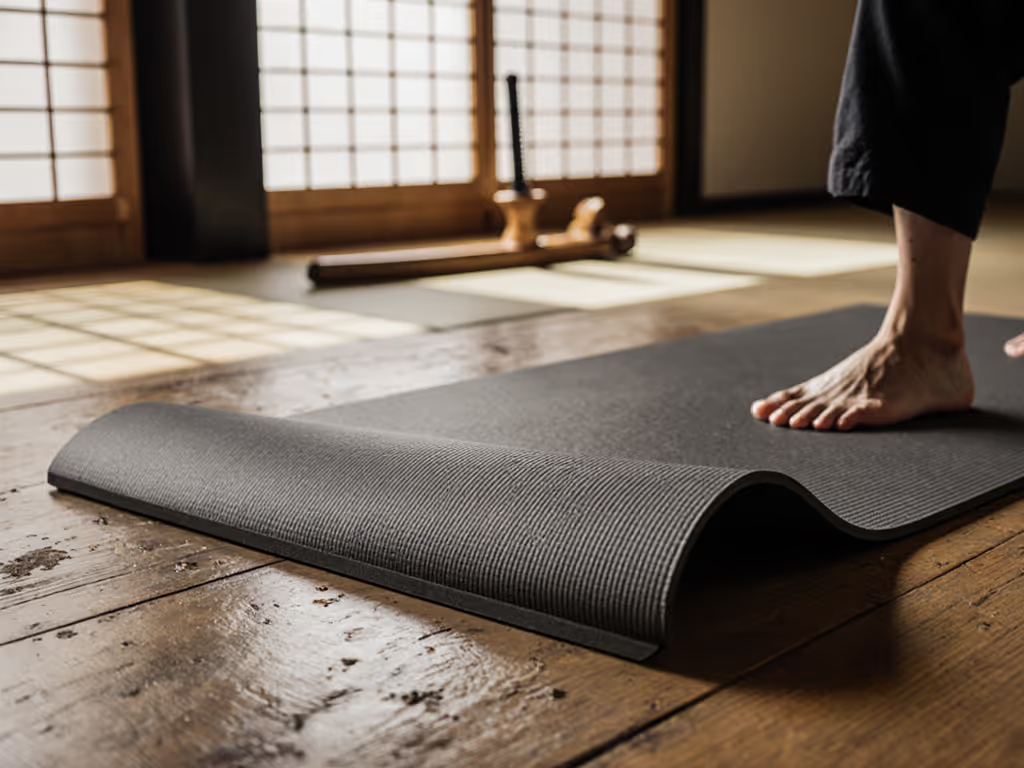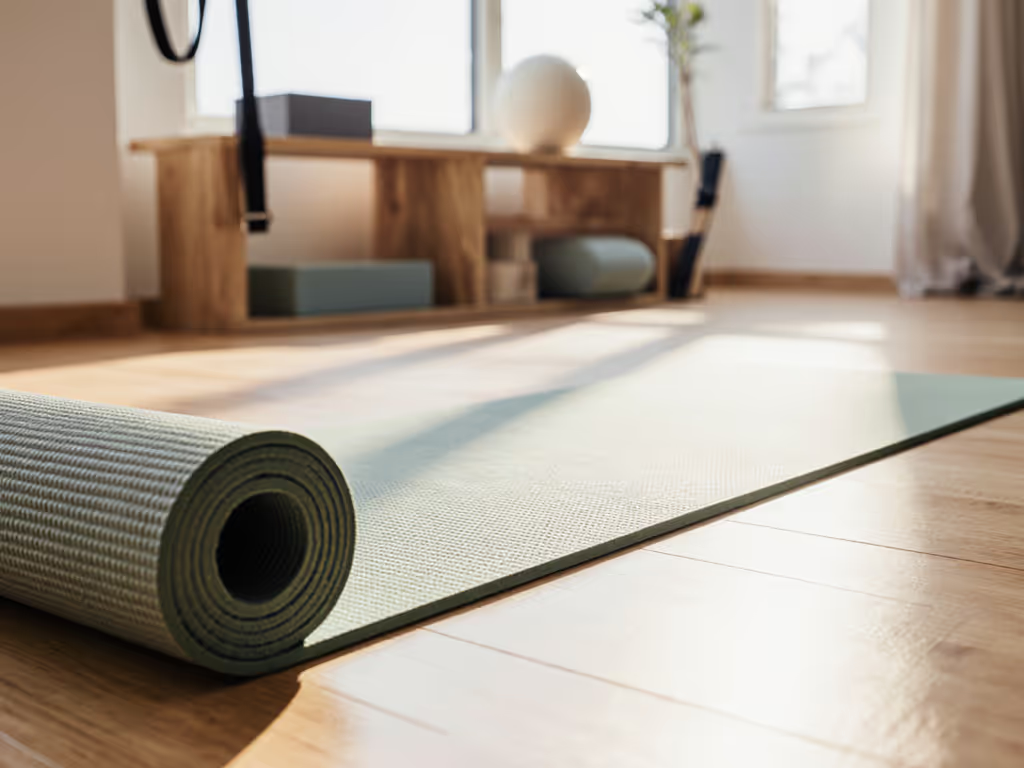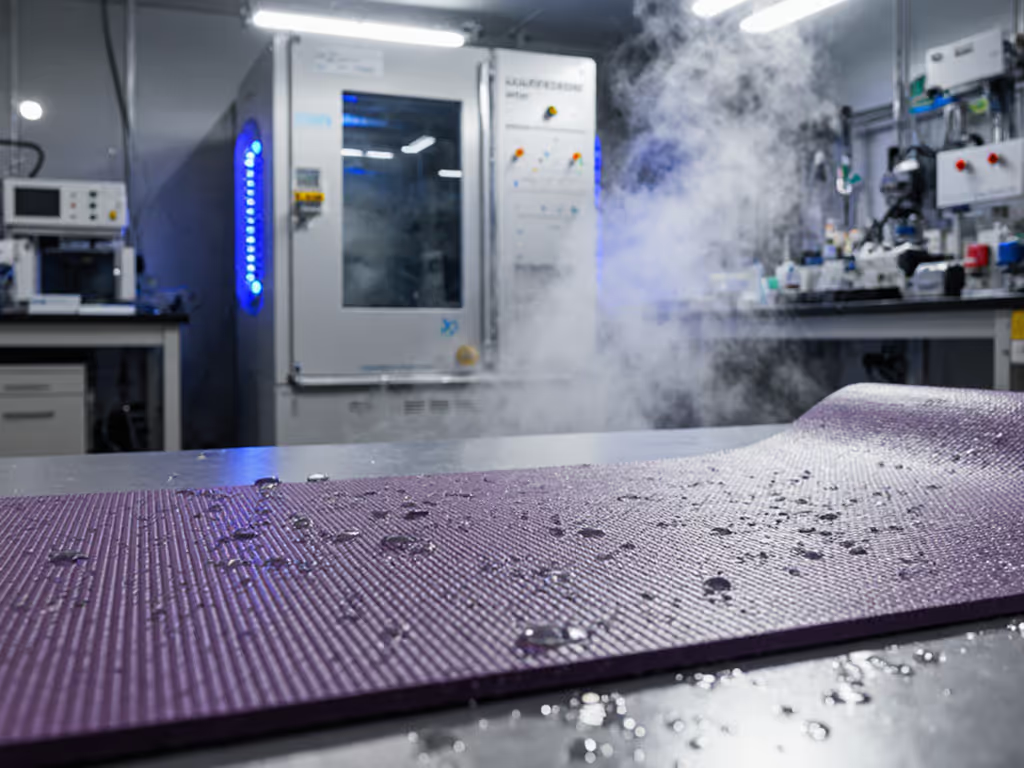
Martial Arts-Proof Yoga Mats: Thin & Durable Picks

When you need a thin yoga mat that can survive martial arts drills without sacrificing stability, most "premium" options fail under pressure. After testing how mats handle sweat, impact, and friction from strikes, I have narrowed the field to picks that deliver genuine cross-training mat functionality. Forget the hype. These are verified performers that balance thickness, grip, and resilience where it counts. Value is verified not by Instagram influencers, but by what survives the rigors of daily practice under sweat, sun, and time. See how different models perform across humidity and heat in our climate-tested mat comparison.
1. Cut Through the Marketing Hype: What Makes a Yoga Mat Martial Arts-Ready
Most yoga mats promote "perfect grip," yet collapse when you transition from Downward Dog to a front kick. Thin yoga mat marketing often misses the mark entirely. It is not about being as thin as possible but finding the precise thickness that offers stability without compromising joint protection during grappling or striking drills. For a deeper breakdown of stability vs cushioning, see our thickness trade-offs guide.
The critical thresholds for martial arts readiness:
- Thickness sweet spot: 4 to 6 mm max. Thinner mats (under 4 mm) compress too quickly during impact, while thicker ones (over 6 mm) create instability for balance-dependent moves.
- Grip duality: Must perform equally well when bone-dry AND when soaked with sweat, a common failure point for yoga mats marketed as "non-slip."
- Surface integrity: No flaking, peeling, or compression after 100+ jumps, pivots, or throws.
- Floor lock: Non-negotiable stability on hardwood, tile, and low-pile carpet (no sliding during explosive movements). If you train on wood, tile, or carpet, our floor compatibility guide explains how surface type affects grip and safety.
Most "durable practice surface" claims crumble when tested against actual martial arts requirements. I have seen mats marketed as "all-surface" shift 6 inches during a single round of bag work, creating dangerous instability. Value is verified only when the mat survives repeated high-impact use without compromising your form or safety.
Spend once on what lasts under sweat, sun, and time.
2. Hard Data Over Hype: Testing Methodology That Matters
I do not rely on lab claims or influencer reviews. My evaluation includes:
- UV degradation test: 3 weeks of direct sunlight exposure (measuring texture changes and odor)
- Sweat simulation: 50+ simulated intense sessions with pH-balanced moisture
- Abrasion resistance: 200+ standing-to-ground transitions with martial arts footwear
- Edge integrity: 100+ roll/unroll cycles to test curl resistance
- Weight-to-durability ratio: Measuring performance degradation per pound of mat
This is not about whether a mat works for gentle yoga, it is whether it survives the chaos of a mixed workout. A mat for martial arts must handle sudden impacts, rapid directional changes, and constant friction without shifting, deforming, or failing. If your mat's grip has started to fade, learn the signs it's time to replace it.



